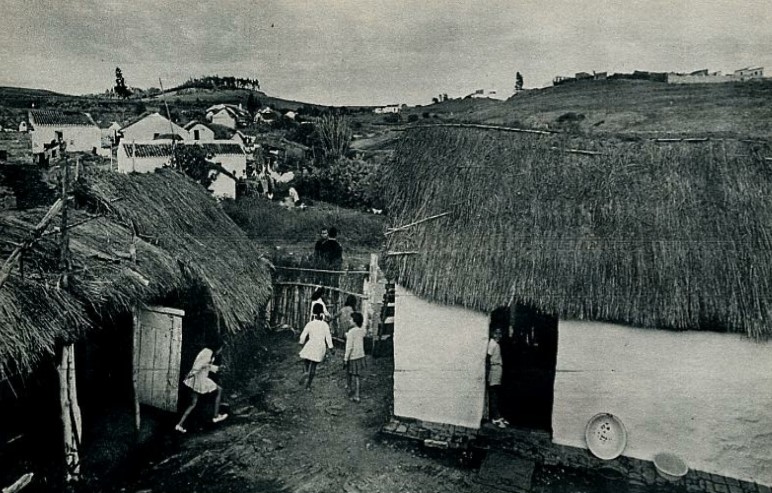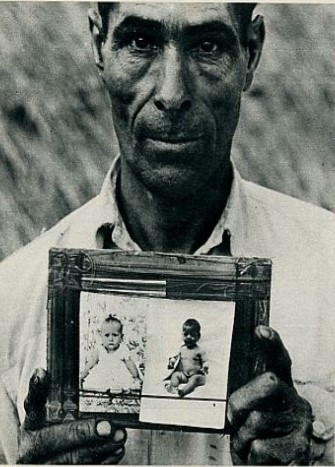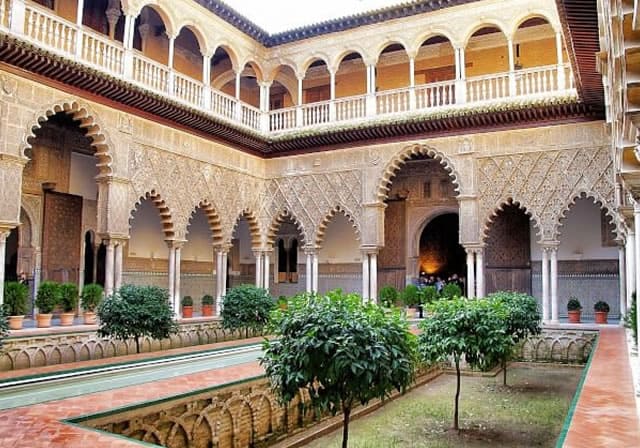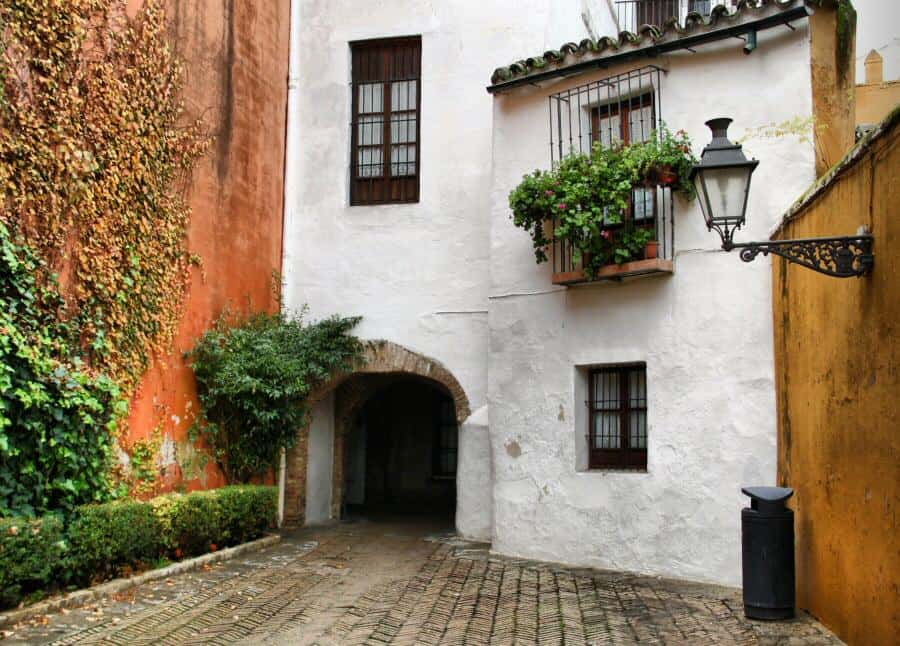
The black Andalusians
Forgotten Andalusians throughout history
Since time immemorial, numerous peoples and civilizations have lived on the Iberian Peninsula, making this land a mixture of cultures. Arriving by land from the north and from the Atlantic and Mediterranean, men and women of other races and religions lived together in Andalusia and all of Spain. After the Roman and Islamic occupation the great features of the Hispanic culture were forged together with the Christian reconquest that would be the base of most of our way of life and traditions.
In the 16th century, Andalusia became the commercial capital of the world and Seville became a melting pot of cultures and races as never seen before in history. It is at this time when a large part of the black population of Andalusian sailors arrived in the peninsula and were treated as slaves. They served and worked in the towns and cities of lower Andalusia and all of Spain. For centuries they occupied the lowest social rank with practically no rights, no memory, no remembrance.
Centuries of depopulation in West Africa, of the kidnapping of millions of people uprooted from their lands, of the break-up of families, of the fracture of ethnic groups such as the Wolof or the Yoruba, of lives devastated from the Gulf of Guinea to the interior and Central Africa. They were condemned to forget their past and we were condemned to ignore it.
The nobles and clergy owned hundreds of slaves. But any family owned someone’s life. At the end of their life of service at home, their retirement was street hunger. Some authors say that blacks made up almost 50% of the inhabitants of Sanlúcar de Barrameda and a total of 10% of the population of Andalusia. They were an important part of the American conquest and the development of traditions such as Easter and Flamenco. The brotherhoods of the Negritos and Morenos and traditional African music have been key to developing some flamenco singing and many spring processions and celebrations. Dances and drumming.
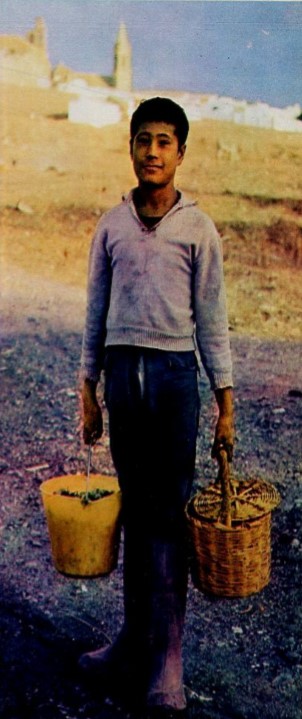
Characters who were portrayed and told by the greatest artists of Andalusian history. Cervantes even compared Seville to a “chess board”, because of its racial contrast, and Lope de Vega called the black and mulatto women “the moles of Seville”. And even the most famous Sevillian painters of the Golden Age, Diego Velázquez and Bartolomé Esteban Murillo, portrayed young Afro-Spanish people respectively. Moreover, black African slavery is very present in the Spanish literature of the Golden Age. For example, the stepfather of Lazaro de Tormes was a black man of slave origin, something that is clear in the first treaty, whose title reads: “Lazaro tells his life and whose son he was”. Similarly, black African slavery appears in The Ingenious Hidalgo Don Quixote of La Mancha, especially when Sancho Panza considers the possibility of importing sub-Saharan slaves into Spain and says: “What is it to me that my vassals are black? There will be more to carry with them and bring them to Spain, where I can sell them and where they will pay me in cash, from whose money I will buy some title or some trade from which to live resting all the days of my life”.
It was in 1953 when the last woman born as a black slave in Cadiz died. Slavery was abolished in Spain in 1870 thanks to the politician Emilio Castelar, also from Cadiz. He wrote one of the most impressive speeches for the abolition of slavery in Spain at the session of the Cortes Constituyentes on June 20, 1870. Among other very sharp remarks, he said: “I will only say that we have spent nineteen centuries of Christianity, nineteen centuries of preaching freedom, equality and evangelical brotherhood and there are still slaves”. And, on his deathbed, referring to the Spanish Antilles, he said to the poet Rubén Darío: “I have freed two hundred thousand blacks with my speech”.
It is in the town of Gibraleón de Huelva where, until the last century, one could distinguish the men and women of a black neighborhood living as day laborers. Today known as morenos, many of these black braceros, but also Canaries and North Africans forged the labor force of lower Andalusia. From slavery they went on to the misery of the fields and the lack of culture that made us forget our past which is also part of European and American history. Five centuries of blacks in Andalusia until, through generations, their features were diluted thanks to the end of slavery. But their soul and essence are reflected in what we are.
We leave you with this 20-year-old documentary broadcast by Canal Sur. A true historical document. Discover more activities and experiences at www.discoveringandalucia.com

